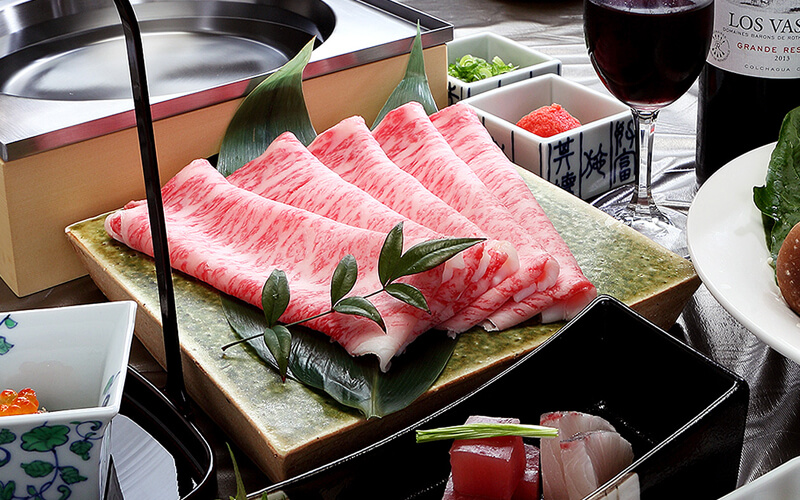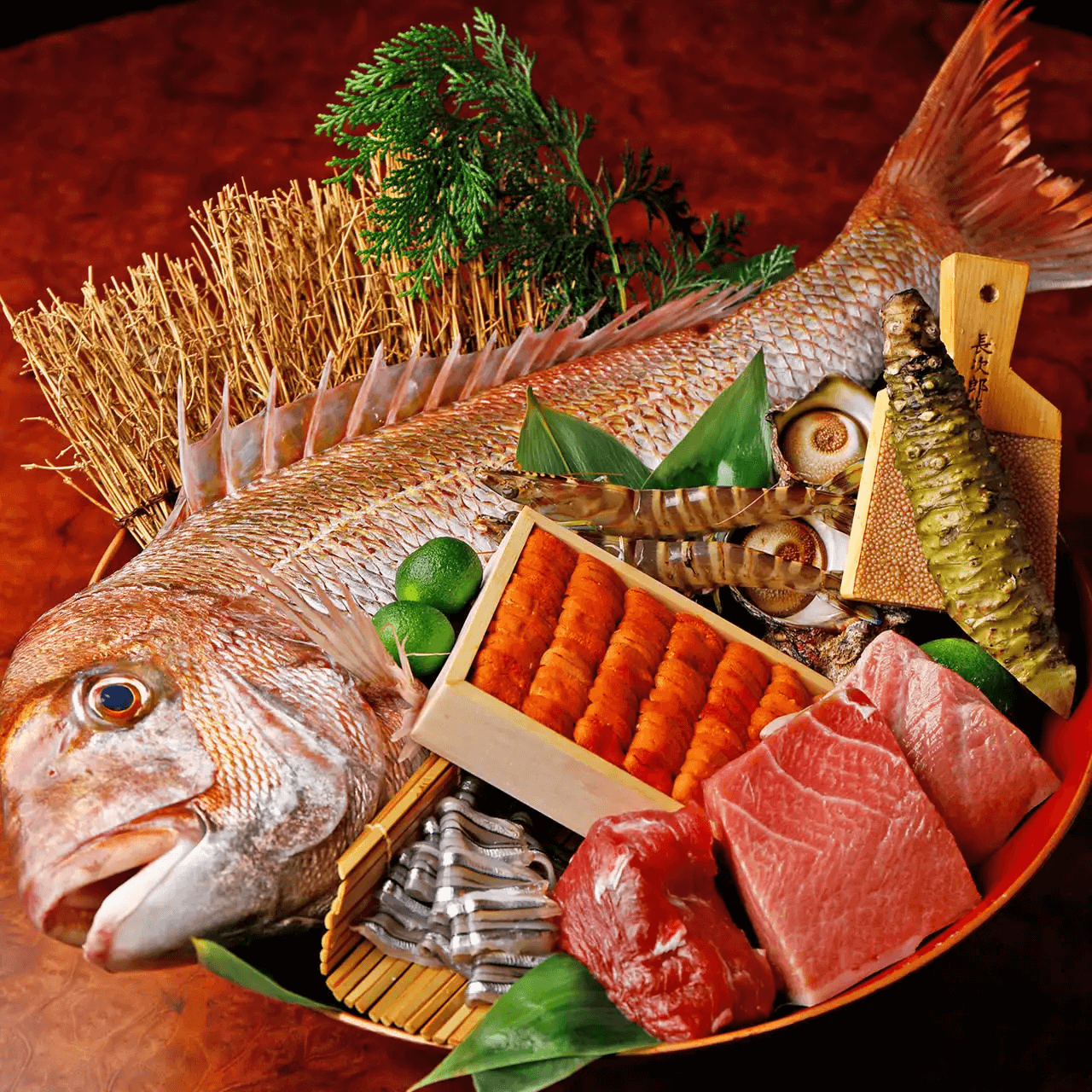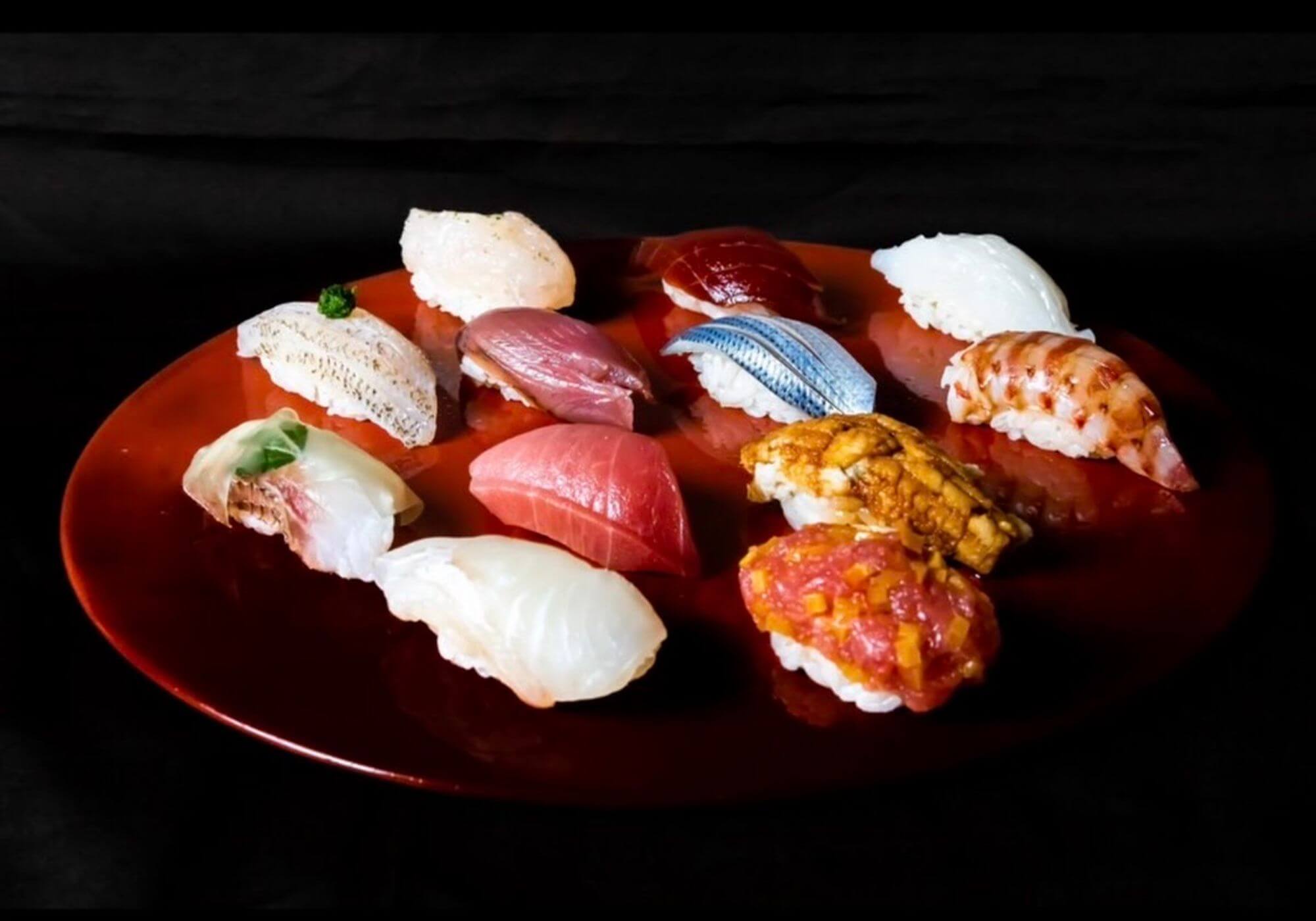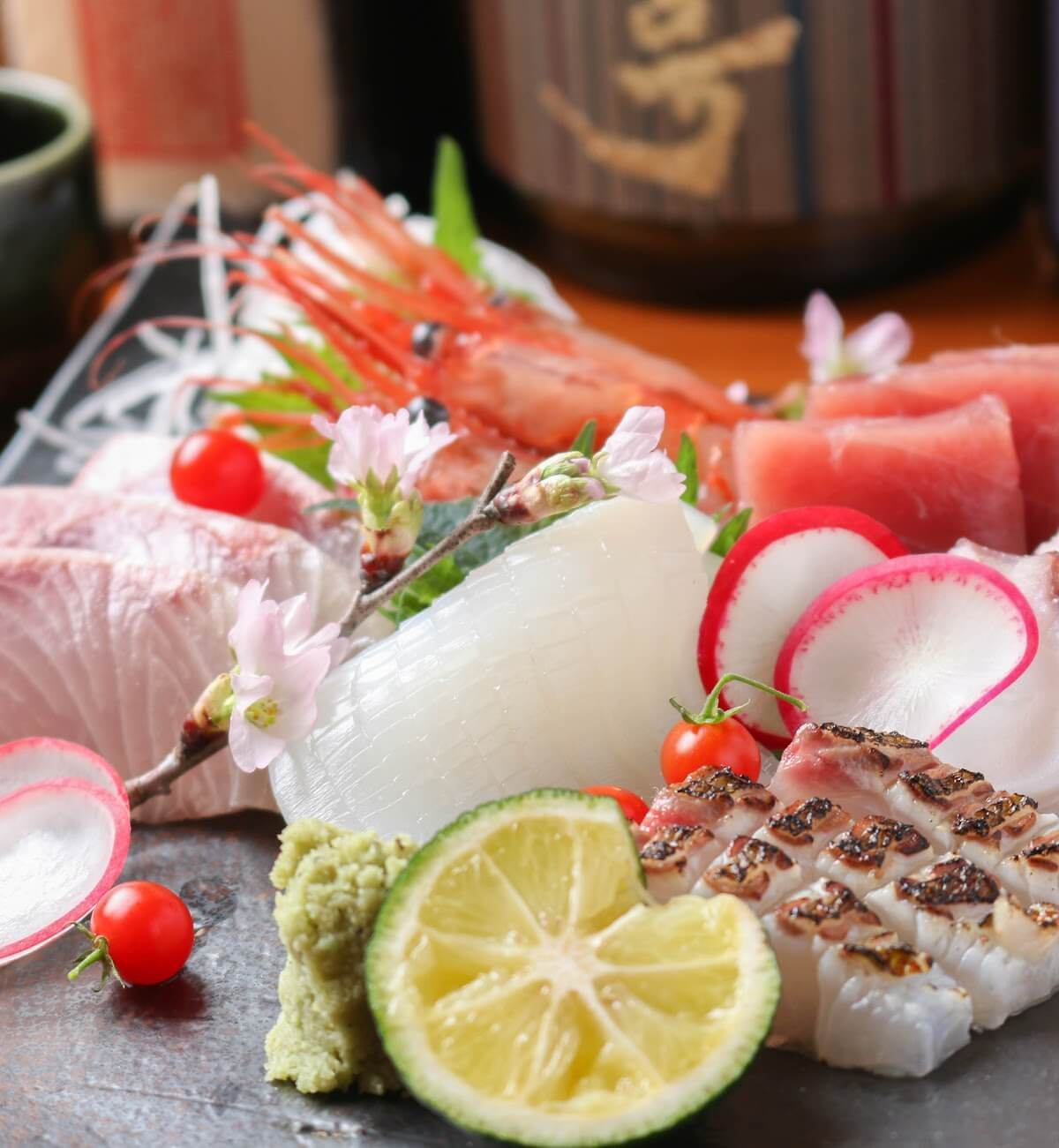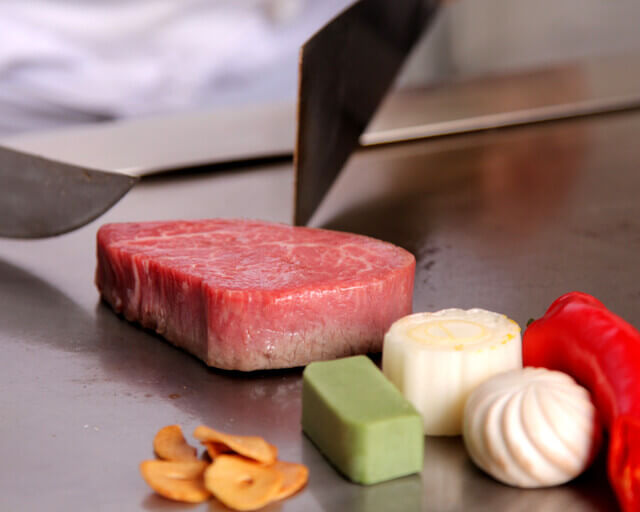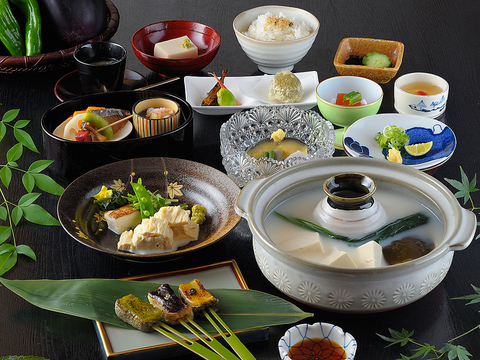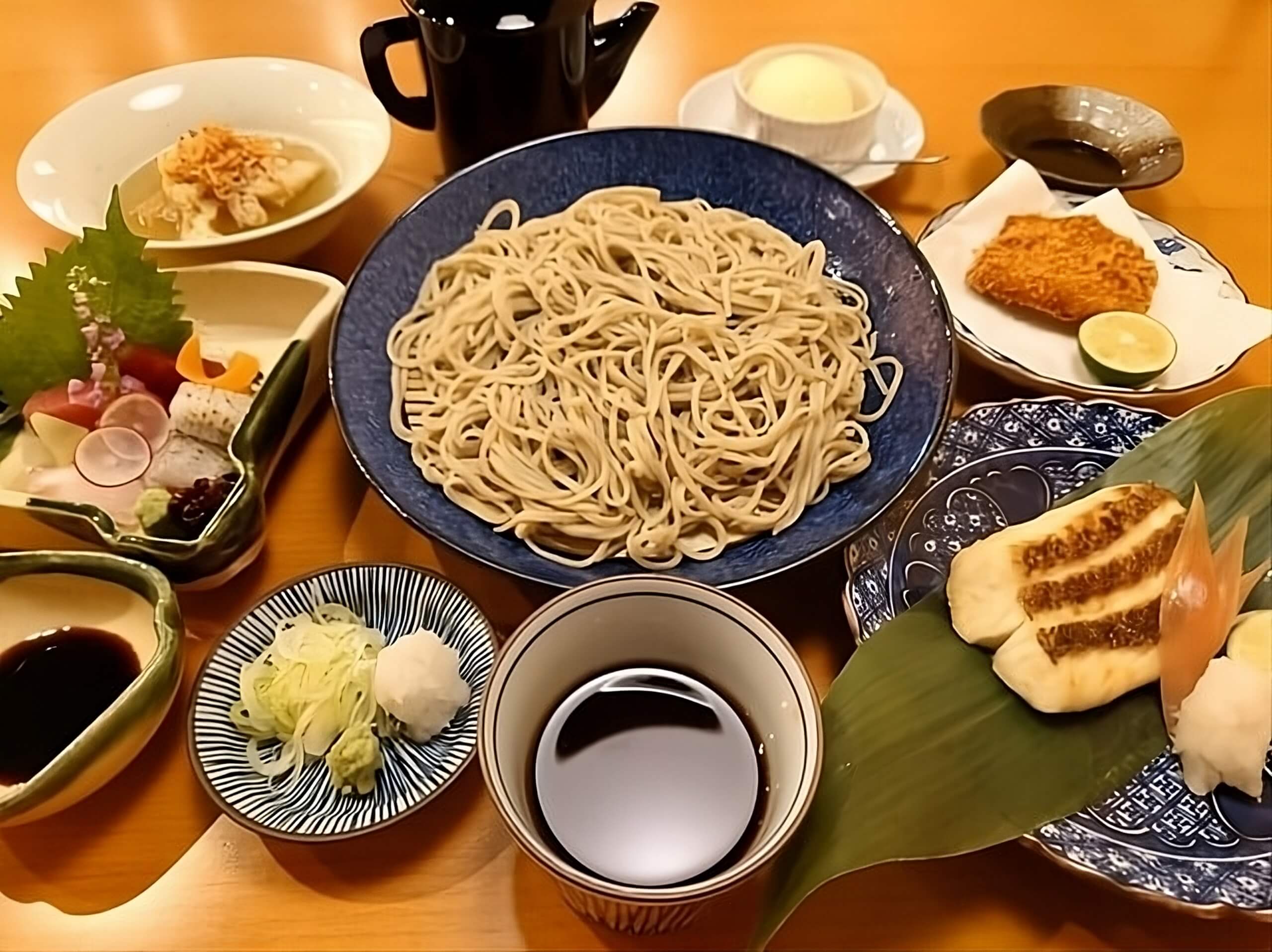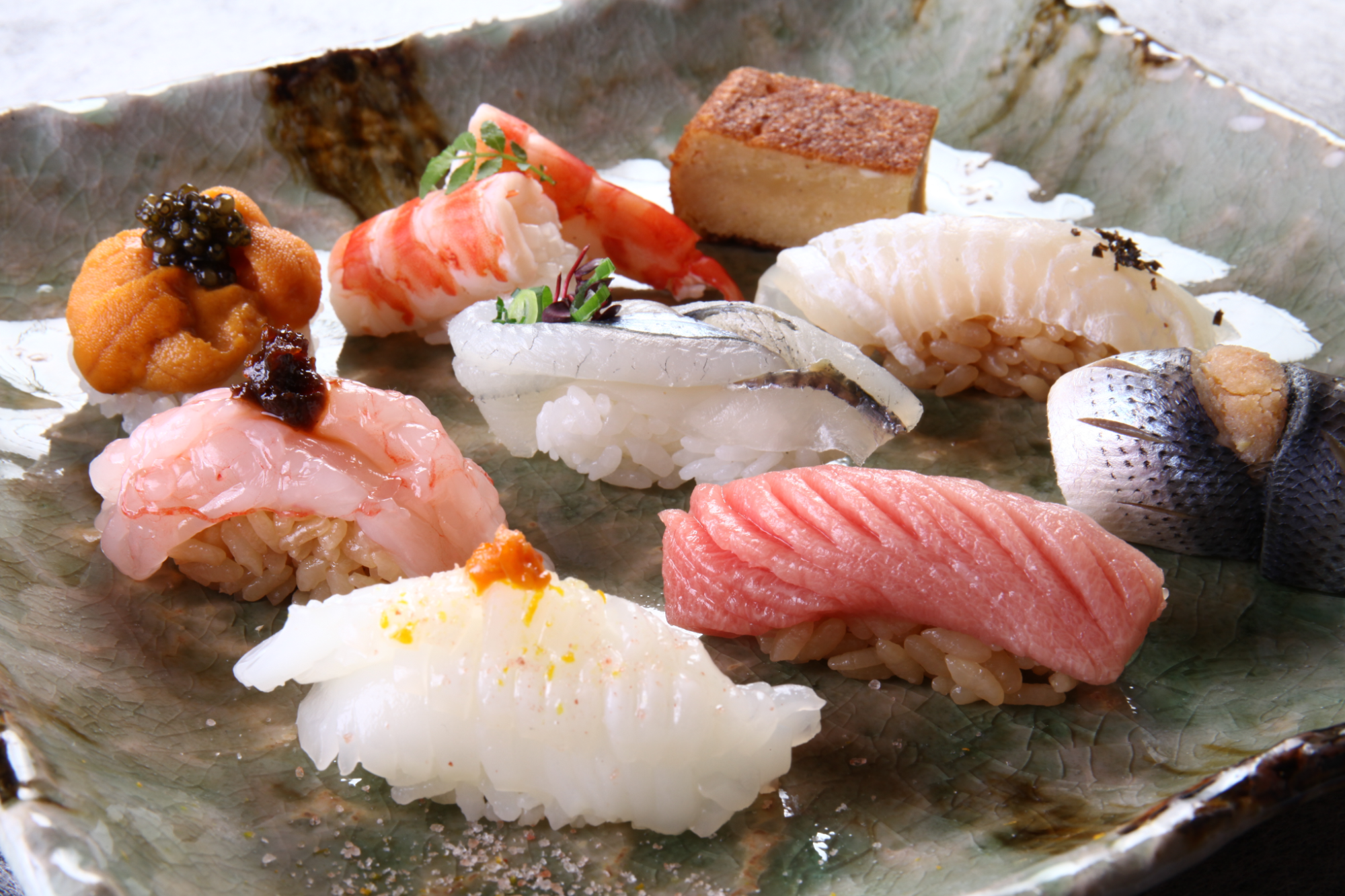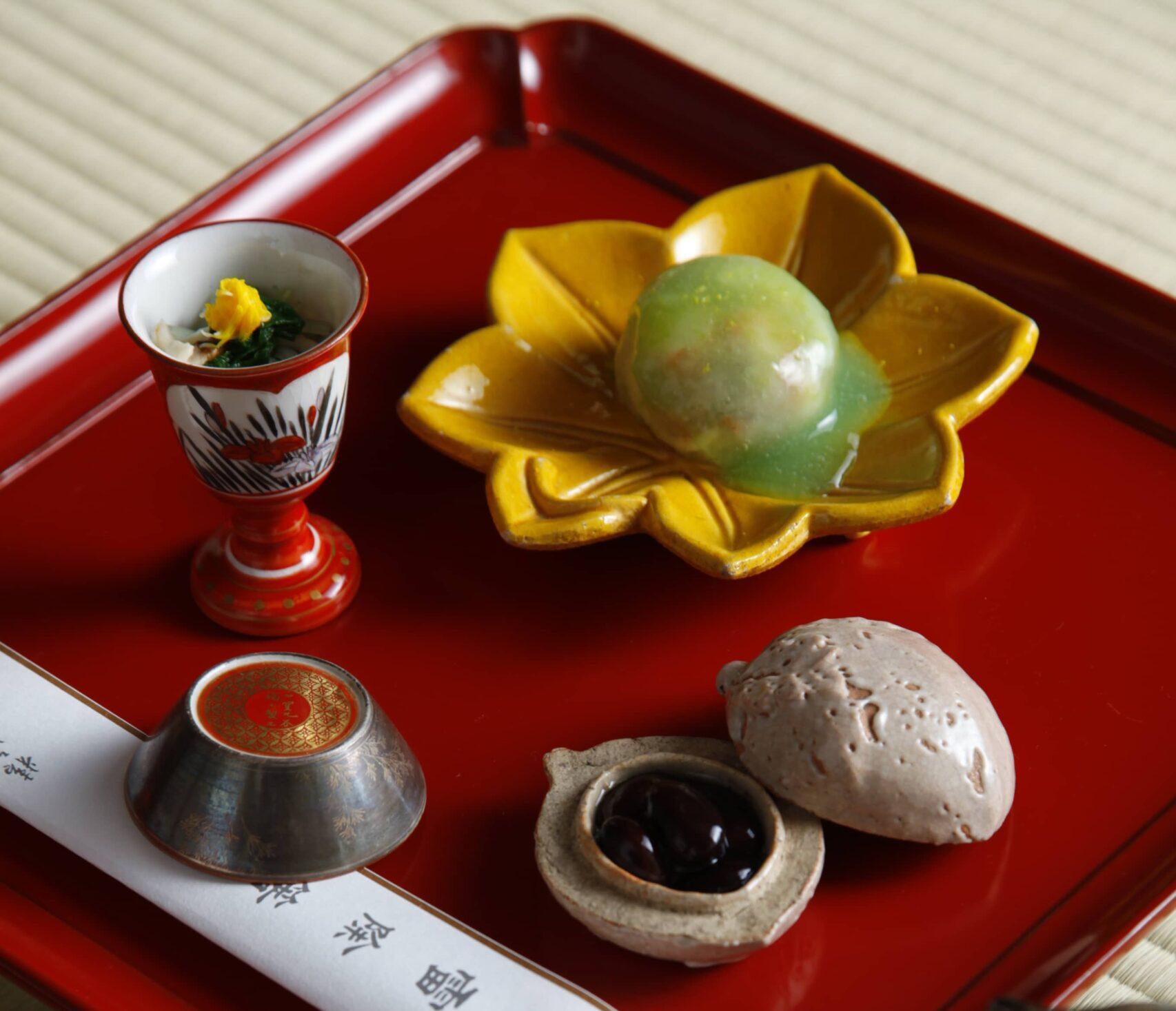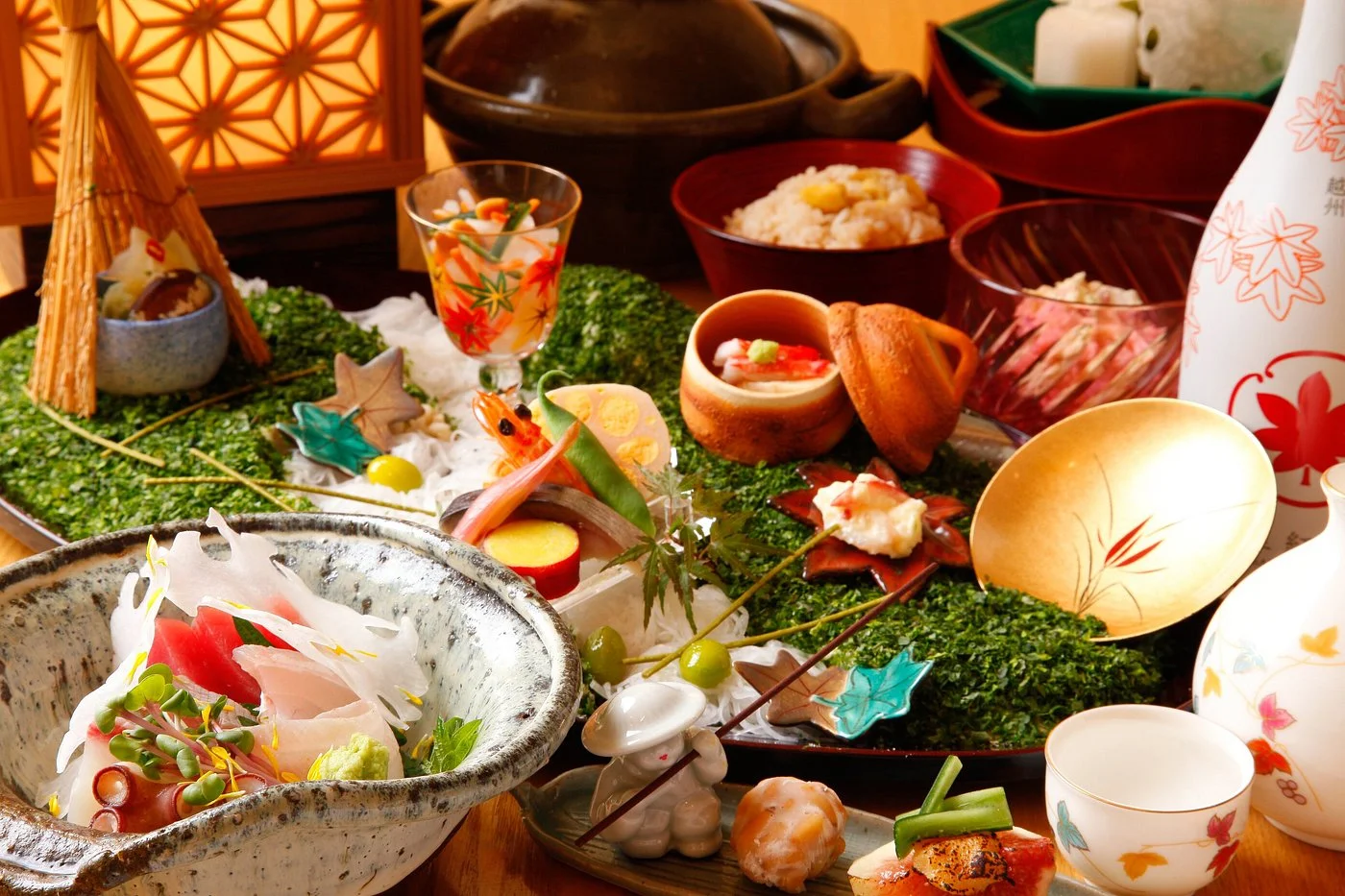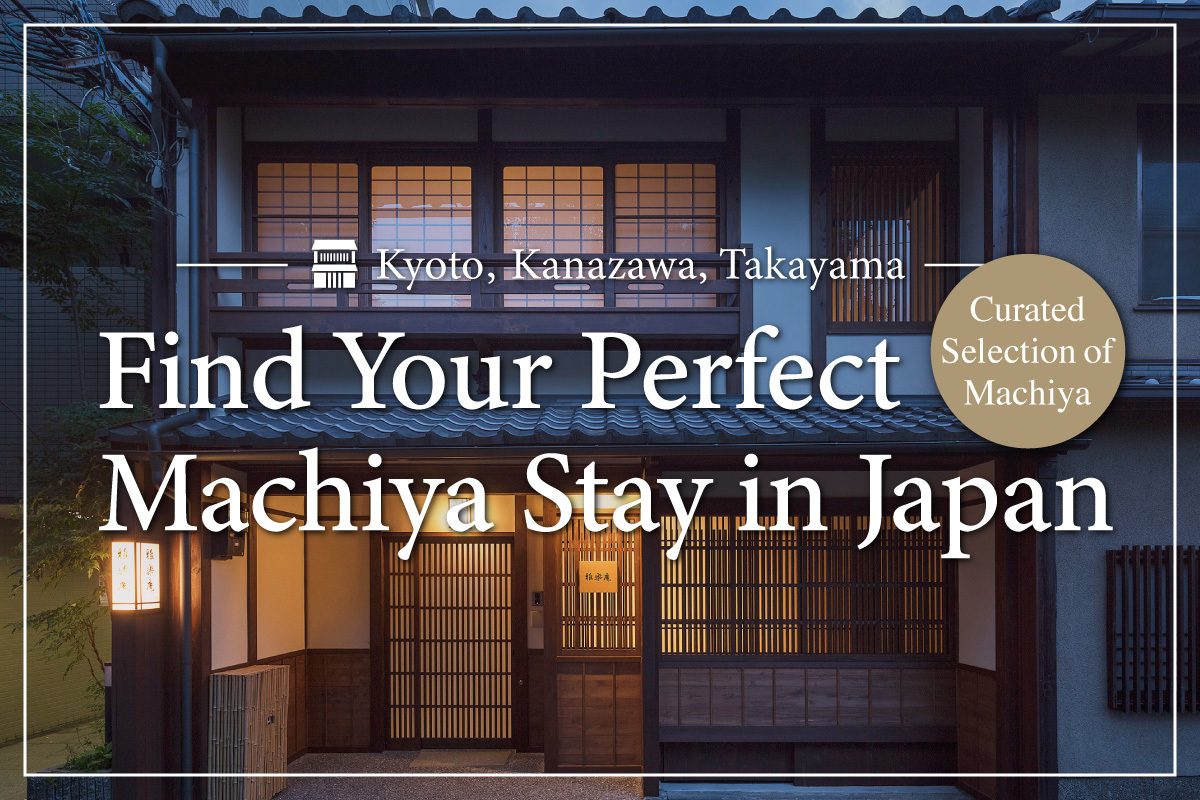Gardens in Japan aren’t just ornamental — many have deep symbolism and intriguing histories. They also tend to be quite impressive in scale, despite being minimalistic.
There are three, however, that are more impressive than the rest: the Three Great Gardens of Japan. They’re considered to be the most beautiful and traditional gardens in Japan.
In addition to the Three Great Gardens, the MACHIYA INNS & HOTELS staff have gathered some of our other favorite gardens in Japan. If you’ve been wondering what to do in Japan, here’s your list!
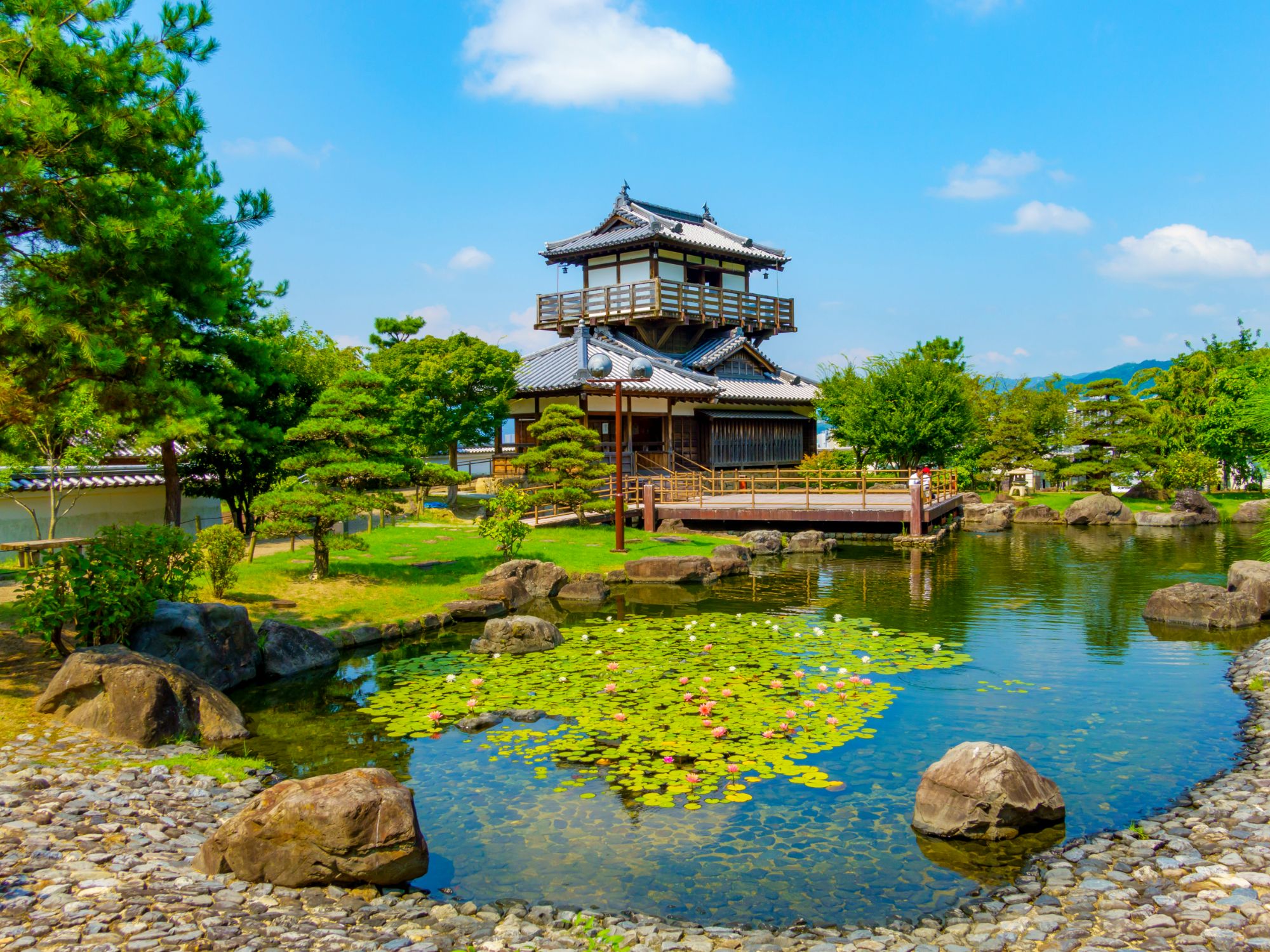
If you’re interested in the art of gardening, Japanese history, or impressive natural attractions — or if you’re just simply a nature lover — a visit to a Japanese garden will be worth your while. While admiring the beauty of the garden, you’ll also be able to experience firsthand the tradition and history behind the country.
The history of Japanese gardens goes as far back as the 5th century. The Japanese art of gardening has evolved and taken on different varieties over time, such as the Japanese rock garden influenced by Zen spirituality.
Japanese gardens are typically minimalistic rather than extravagant. Most gardens in Japan have a central purpose of inspiring meditation and reflection.
The Three Great Gardens of Japan are Kenroku-en (in Kanazawa), Koraku-en (in Okayama), and Kairaku-en (in Mito).
They were all created by daimyō (feudal lords) during the Edo period of 1603 to 1868. In the late 1800s, they began being grouped together as the Three Great Gardens due to their impressive design.
The Three Great Gardens of Japan were designed in the same gardening style: the kaiyū (circuit) style. These gardens feature ponds as a central element and are best enjoyed by strolling along the paths leading to and around the ponds.
Each of these gardens represents a different aspect of nature. Kenroku-en symbolizes snow, Koraku-en symbolzes the Moon, and Kairaku-en symbolizes flowers.
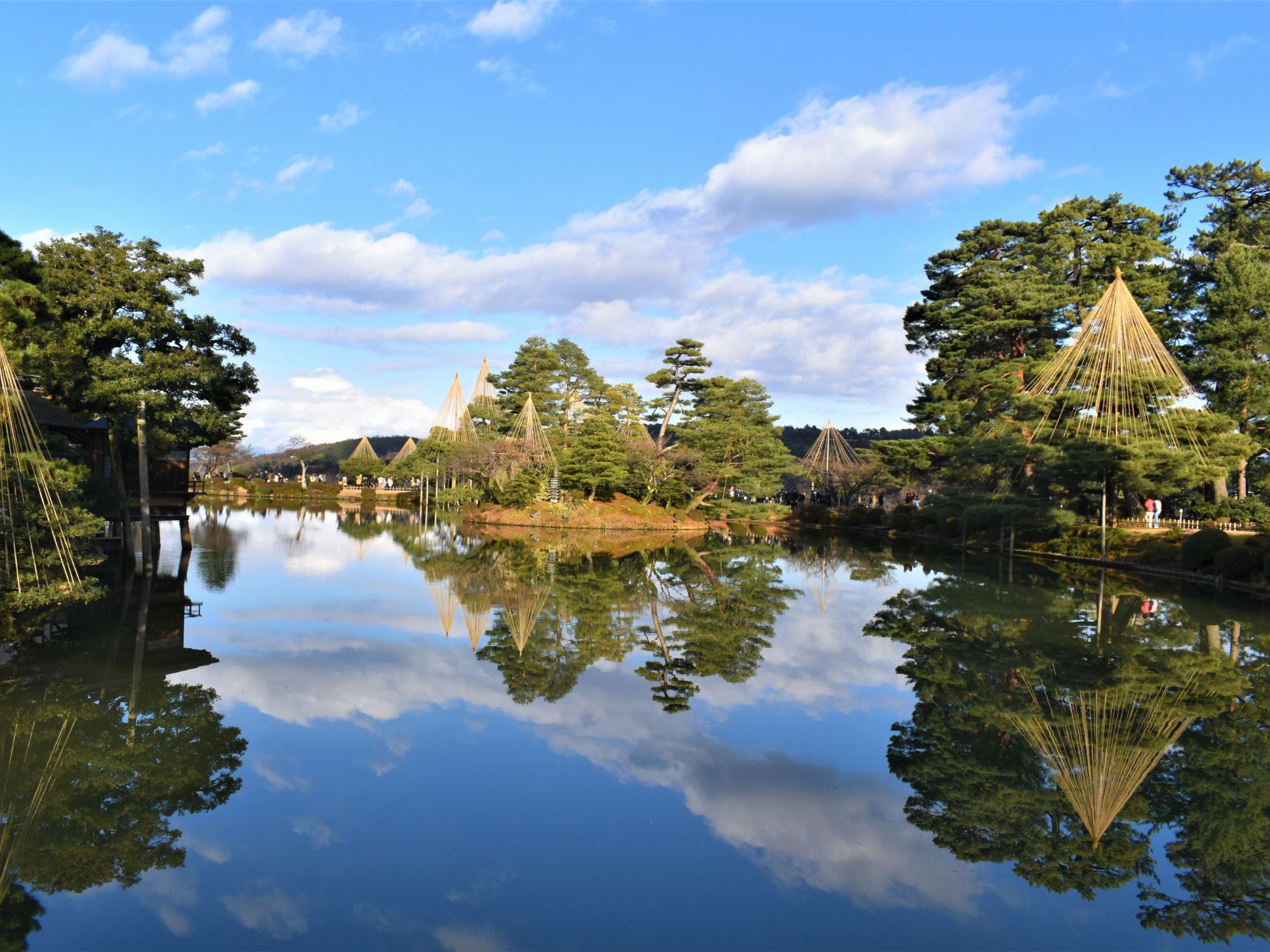
Kenroku-en is located just outside of Kanazawa Castle in Kanazawa, Ishikawa Prefecture. It was created by feudal lords of the Maeda clan.
Aside from Kenroku-en’s association with snow, its name also translates to “garden of the six sublimities.” This refers to the Chinese landscape theory the six attributes that make up a perfect garden: tranquility, spaciousness, antiquity, artifice, beautiful views, and water sources.
Out of all the seasons, Kenroku-en is the most beautiful (and popular) in the winter. The pine trees in the garden are protected from snow using the yukitsuri technique. Bamboo poles and ropes are used to form structures that support and protect the limbs of the trees.
When to visit Kenrokuen Garden: We recommend visiting in mid-April to catch the stunning cherry blossom views or the during the Kanazawa winter season to catch the traditional and unique yukitsuri ropes throughout the garden.
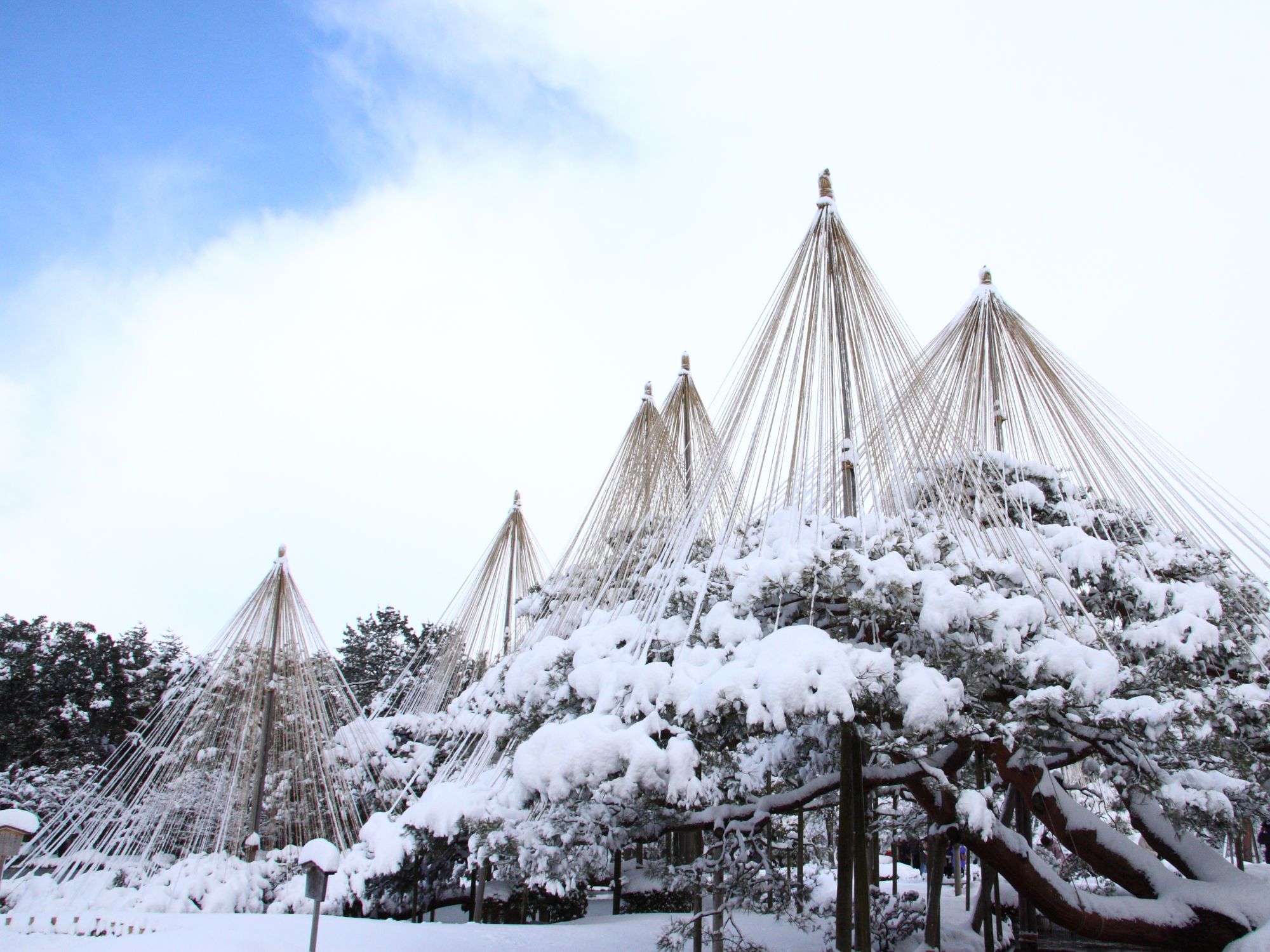
See our recommended accommodations in Kanazawa: MACHIYA RESIDENCE INN KANAZAWA
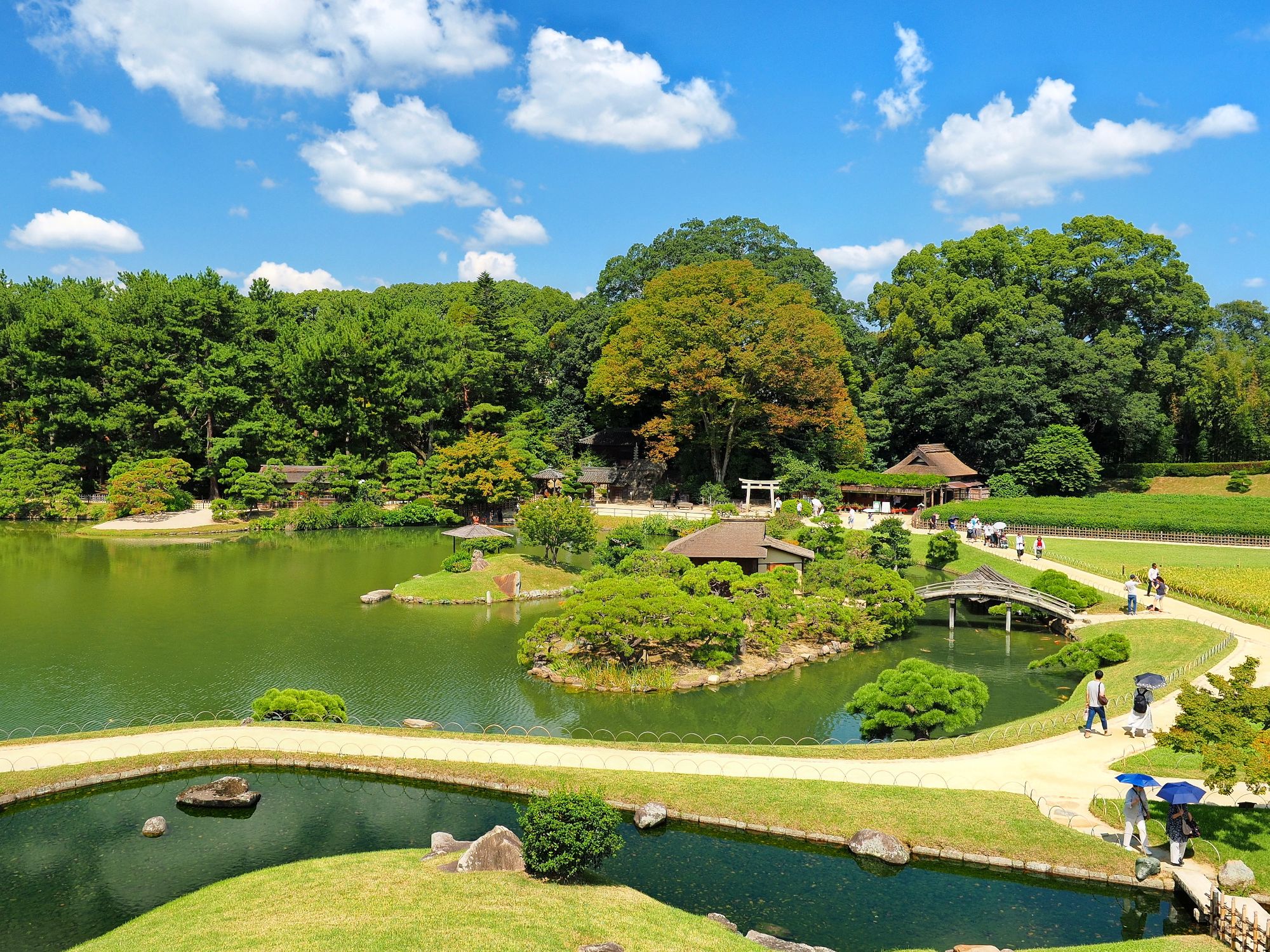
Koruku-en is in a unique location: on an island in a river. The central building in Koraku-en is “Enyo-tei,” the parlor of the feudal lord who created the garden. The parlor overlooks all of Koraku-en and is where you get the best views of the garden.
Fall is the best time to visit Koraku-en overall, as this is when an annual moon viewing party is held. If your trip coincides with this, Koraku-en skyrockets up the list of the best things to do in Japan! There is also a maple tree grove here that looks magical during fall.
You can also cross visiting a Japanese castle off your to do list while at Koraku-en! Okayama Castle is just next door, making a stunning backdrop to the garden.
Fun fact: Okayama is the prefecture with the most red-crowned cranes bred in captivity. Eight of them call Koraku-en home. They are typically kept in their aviary but are released into the gardens on special days, such as New Year’s Day!
When to visit Koraku-en: We recommend visiting Koraku-en in the fall for the maple leaves and moon-viewing party. For a unique and unforgettable experience, we also recommend one of the special events where the cranes who call Koraku-en home will be able to be viewed.
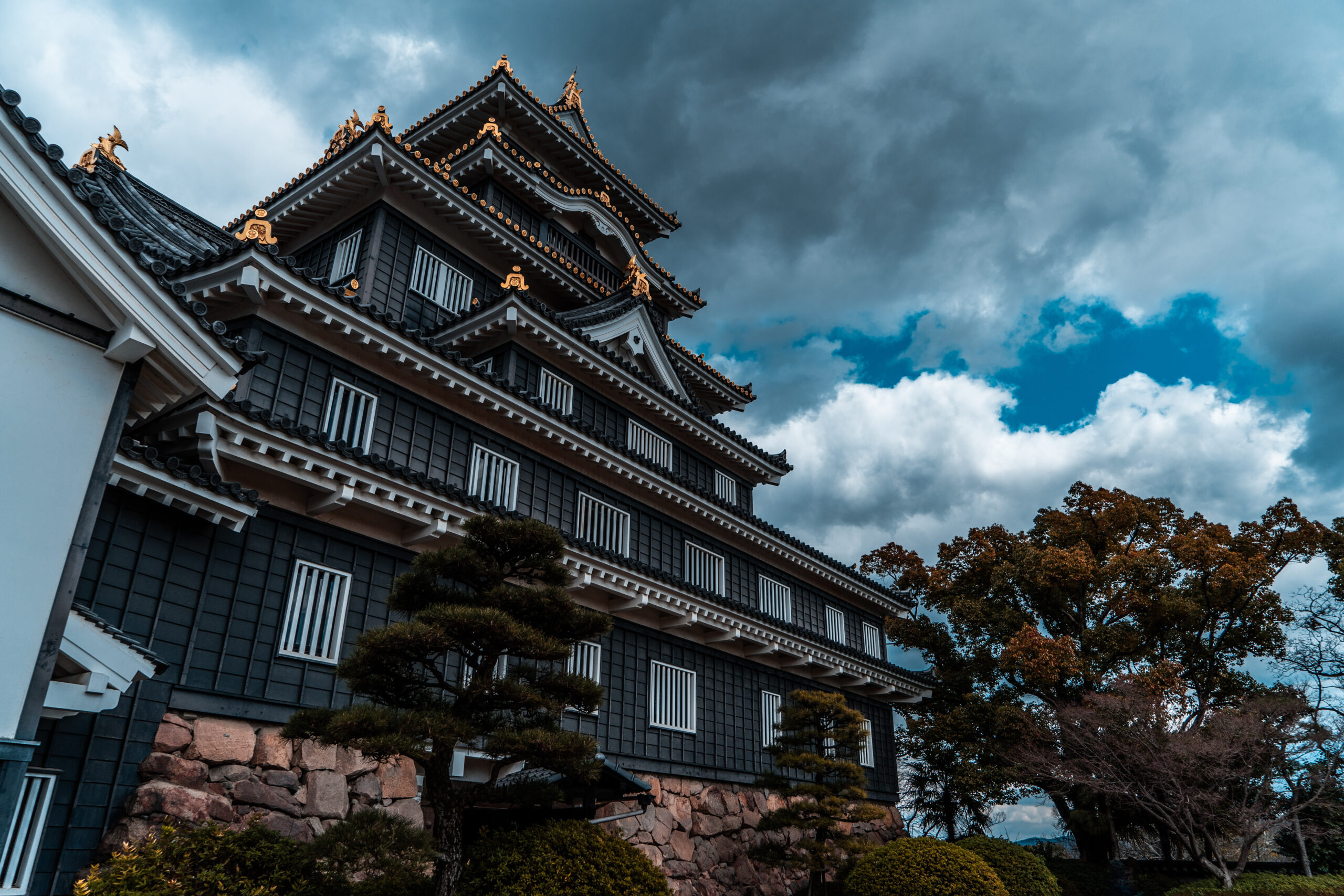
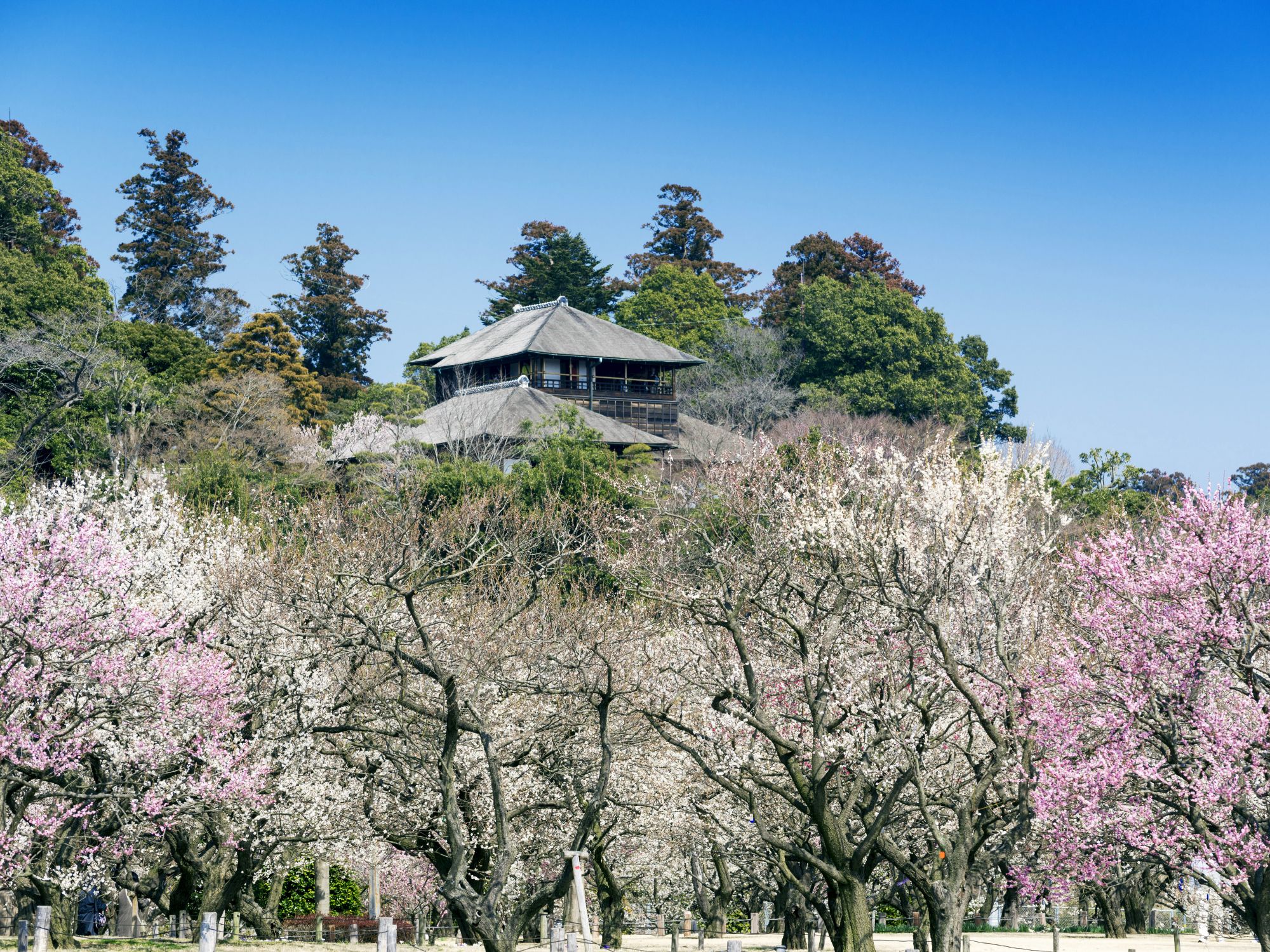
Plum blossoms are the main attraction at Kairaku-en, with a grove of roughly 3,000 plum trees in 100 different varieties! Needless to say, the garden is most popular in February and March (plum blossom season).
The feudal lord of Mito had this grove created in order to have a reserve of umeboshi (dried, pickled plums) in case of war or famine. There is also a villa in the garden which the lord is said to have designed himself.
Kairaku-en is unique compared to the other two Great Gardens, in that it doesn’t have a large, man-made pond. Instead, Kairaku-en makes use of the natural Senba Lake.
When to visit Kairaku-en: Although the cherry blossom season is often synonymous with Japan, we recommend visiting Kairaku-en during the later winter season, from mid-February to mid-March, where the numerous plum trees will be at bloom and create a beautiful red, pink, and white view.
Visiting the Three Great Gardens is one of the best things to do in Japan, especially for nature lovers. However, there are so many other breathtaking gardens in Japan you can visit, too!
If you’re short on time in Japan, then the following gardens (especially in Kyoto and Tokyo, the main tourist cities) may be easier to visit during your trip.
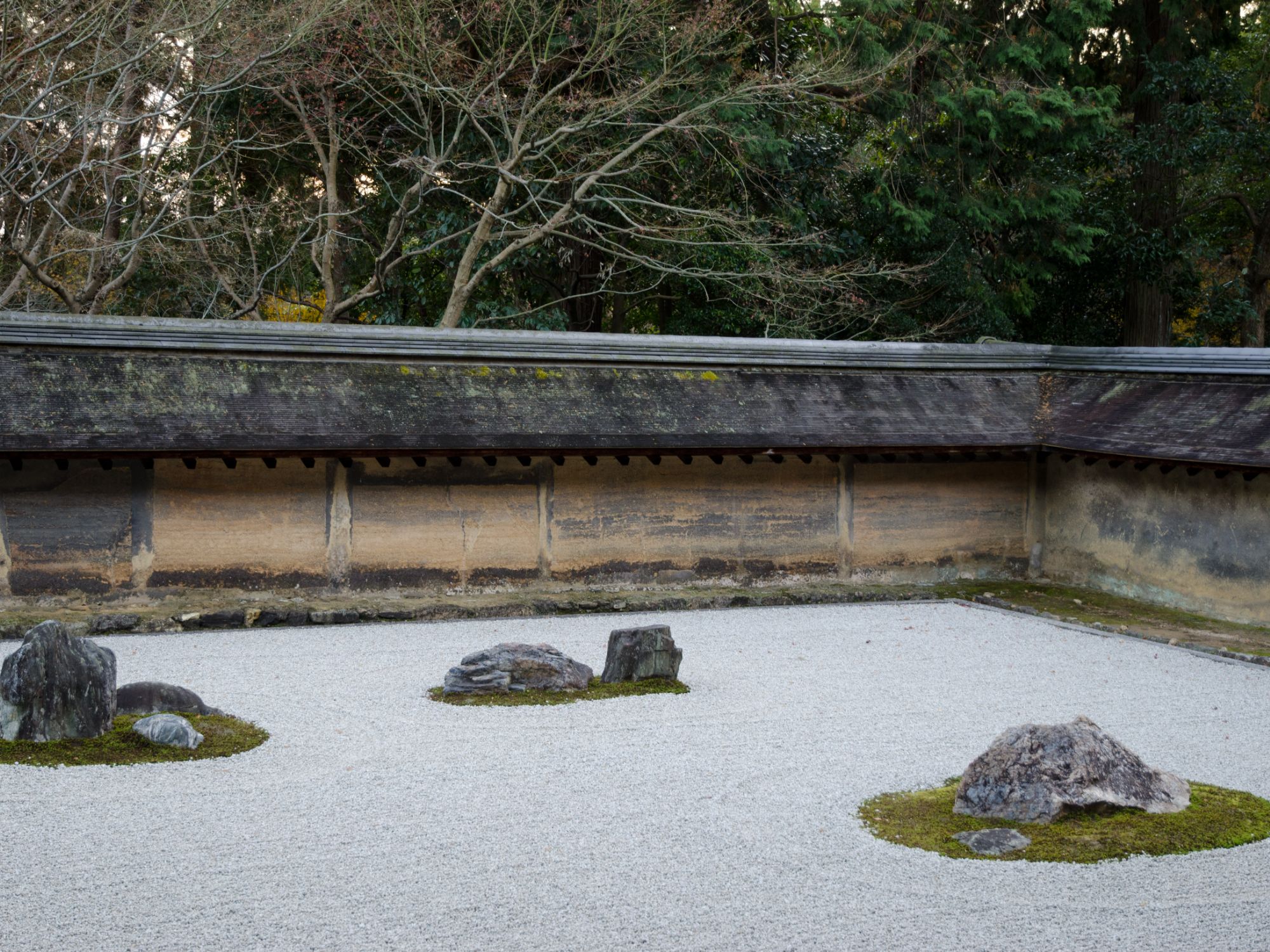
Kyoto is truly a garden lover’s dream, with many gardens sprinkled throughout the city, including karesansui (Japanese zen rock gardens).
Our favorite Kyoto garden happens to be a Japanese rock garden: the garden at Ryoan-ji Temple. Rock gardens typically have deep symbolism but the meaning of Ryoan-ji’s garden is unclear. No one knows for sure who designed this garden!
Another Kyoto garden we recommend visiting is Kennin-ji Temple, another Japanese rock garden. There are also the gardens at Katsura Imperial Villa (a gorgeous, royal strolling garden) and Saiho-ji Temple ( a tranquil, mossy garden).
If you really want to go all out and conquer garden in Kyoto City, we also recommend visiting the Kyoto Botanical Gardens. The Kyoto Botanical Gardens is the oldest and most comprehensive public botanical garden in Japan, with over 12,000 species of plants. A true must for nature lovers visiting Japan!
See our recommended accommodations in Kyoto: MACHIYA RESIDENCE INN KYOTO
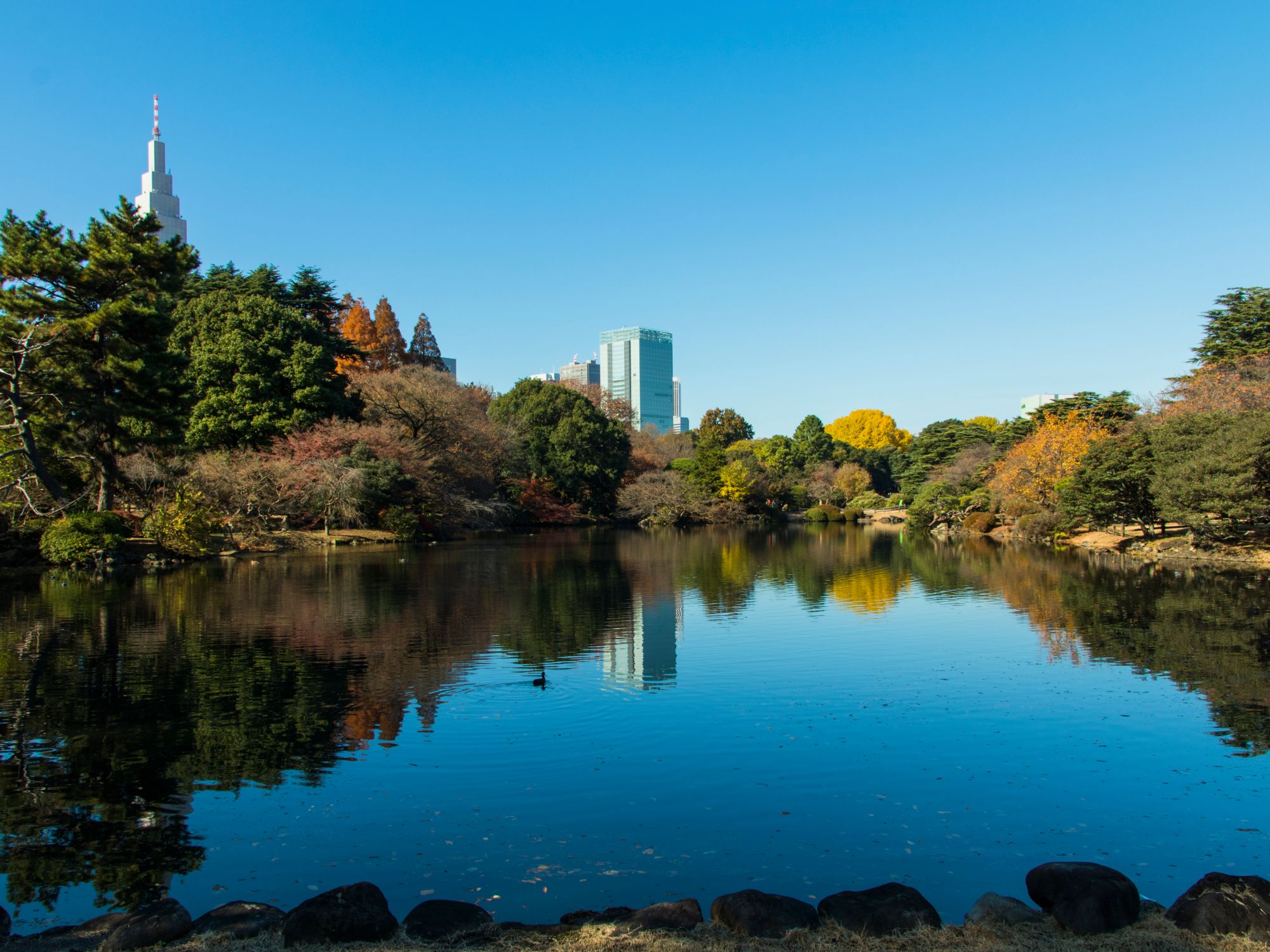
Tokyo is the capital and urban center of Japan but, make no mistake, nature thrives in this city!
Shinjuku Gyoen National Garden is our top pick for Tokyo gardens. This garden has three sections, each done in a different gardening style: Japanese traditional, English landscape, and French formal. It’s great to visit any time of year, but it’s especially beautiful during cherry blossom season.
Another popular garden is Imperial Palace East Gardens. It has a cherry blossom island, an orchard, old castle remains, and more. The garden is centrally located (a 15-minute walk from Tokyo Station), so you can easily include it in a day of sightseeing in Tokyo.
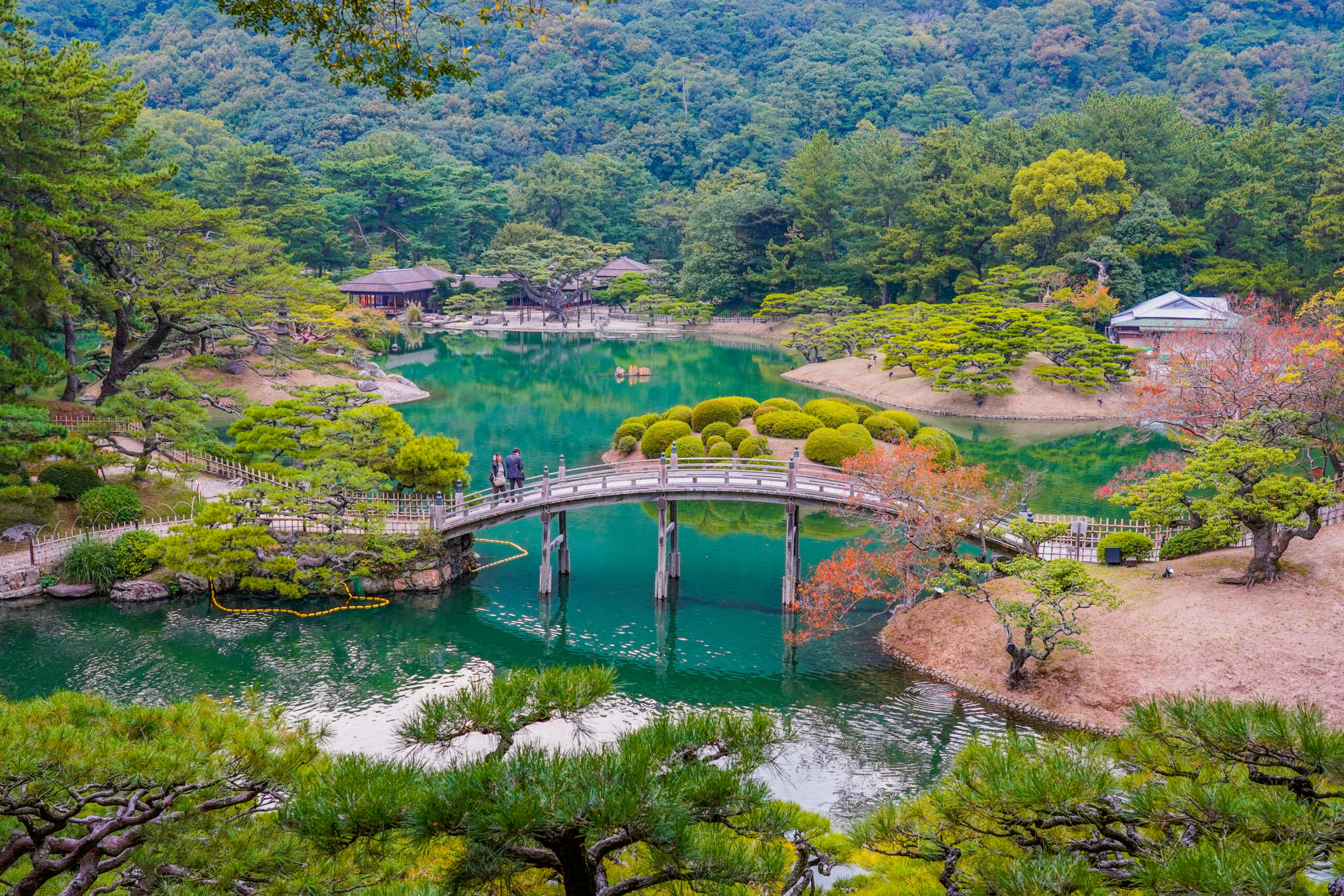
Though it’s far from the major tourist areas, Takamatsu City in Kagawa Prefecture (southern Japan) is home to an amazing garden that deserves a mention. In fact, some would argue that it deserves a spot as one of the best gardens in Japan, alongside the Three Great Gardens!
Ritsurin Koen is one of the largest traditional strolling gardens in Japan. In the 1870s, the northern portion was redesigned as a Western-style garden. Overall, the garden has six ponds and 13 manicured hills.
Ritsurin Koen is a 10 to 15-minute walk from Takamatsu Castle and JR Takamatsu Station. The walk from the station to the garden is very convenient; they’re linked by a shopping arcade. We recommend trying the famous Sanuki udon sold in the arcade — it’s a Kagawa specialty!
Whether you’re visiting a garden in Kyoto or one of the 3 Great Gardens of Japan, the beauty of a Japanese garden is one of the best ways to experience the heart of Japanese culture. Be sure to add one of our recommended gardens to your itinerary for your next Japan vacation!
Make your trip a truly local experience, and go where the locals go. If you're wondering where the locals go to eat when hanging out with family, celebrating with friends, stopping by for an after work drink... look no further.
Machiya Locals Website
